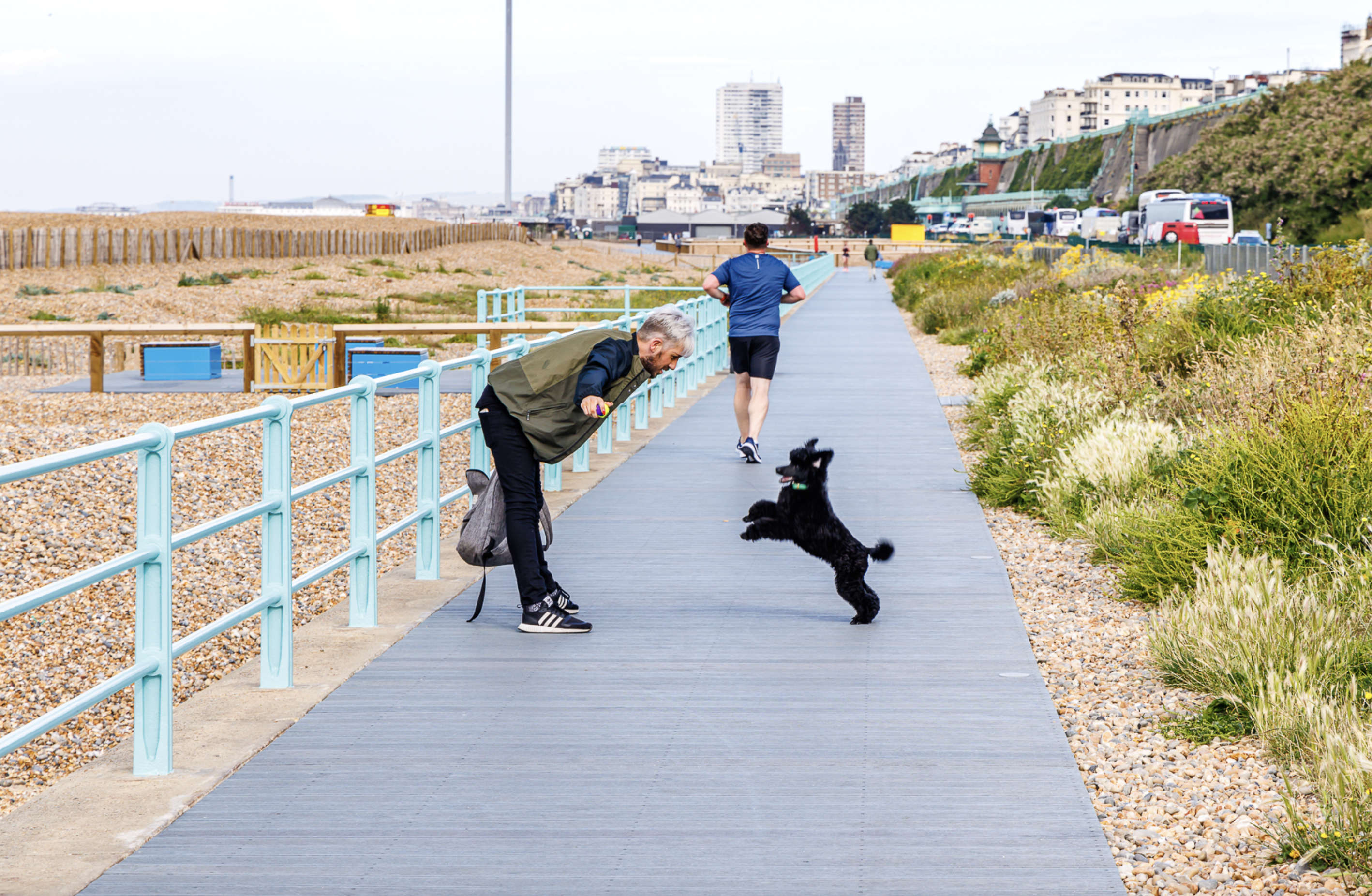
When a rare jumping spider was spotted at Black Rock earlier this summer, the excitement was enough to make the national news.
Naturalist Graeme Lyons discovered the spider, Heliophanus Kochii, nestled in the yellow horned poppies within one of the areas of newly created vegetated shingle at Black Rock.
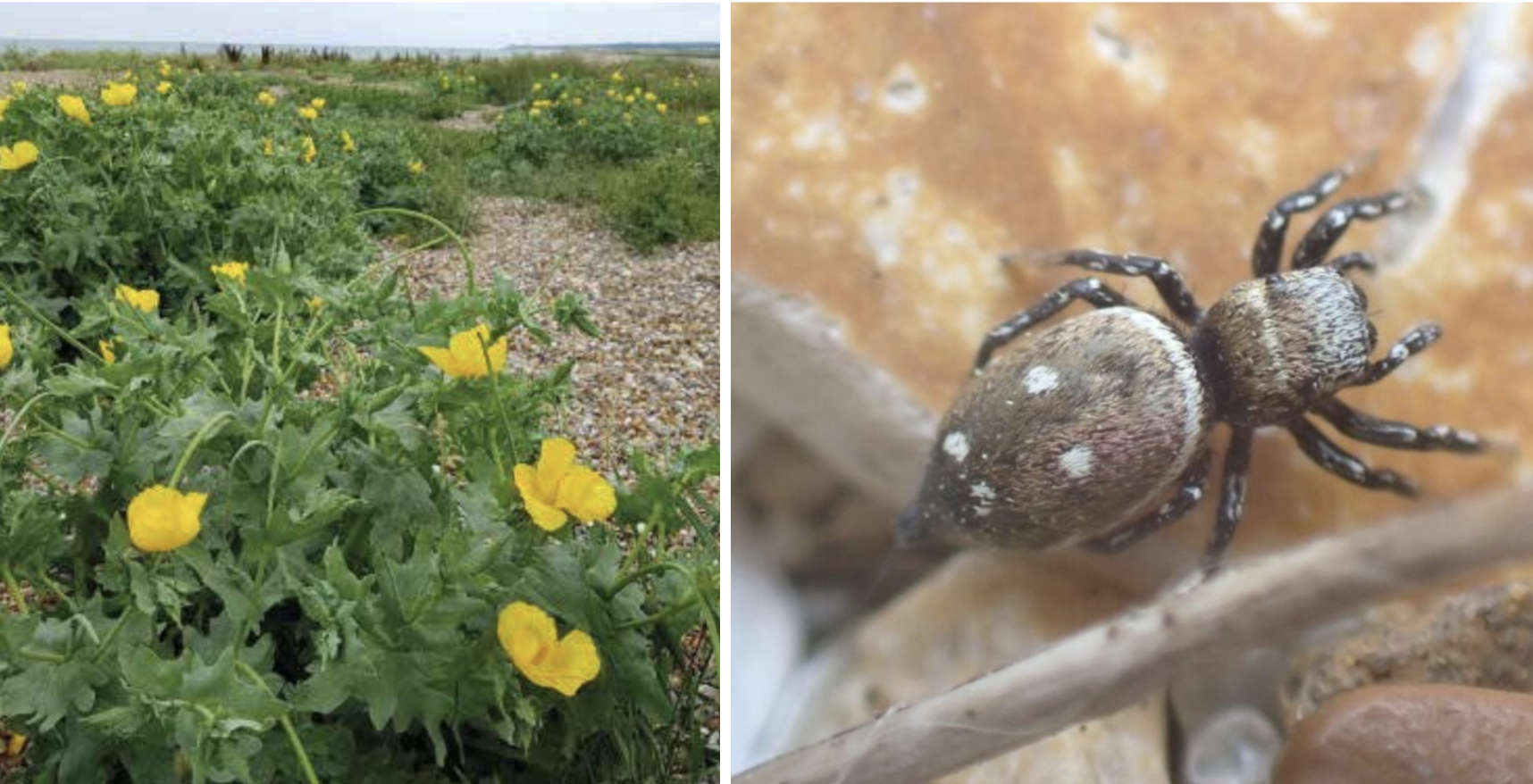
Graeme, who is the county recorder for spiders and bugs, was carrying out a survey of the Black Rock vegetated shingle, an internationally rare habitat – which has been created over the last two years in a joint initiative between Brighton & Hove City Council and Kew’s Millennium Seed Bank at Wakehurst.
The small, harmless spider was one of several rare species spotted at the site where 1,000 young plants, including sea kale, bittersweet and yellow horned poppy, grown by Kew’s horticulturalists, have been planted in ‘wave troughs’ to help kick-start the creation of this unique coastal habitat.
Graeme’s invertebrate survey recorded 170 species including 60 species of beetle, 29 types of spiders, (including four which are nationally scarce) and 21 different bugs.
Kew’s UK Conservation Projects Coordinator Chris Cockel also recently visited the site to see how the plants were progressing and was "delighted" to find them thriving in their new environment.
“It was really great to come to back to the site after a year and to see how the plants that were grown initially at the Royal Botanic Gardens, Kew at Wakehurst, were developing. When we planted them, they seemed so small and vulnerable and it seemed uncertain how they would adapt to their new surroundings.
“But the sea kale we planted is doing very nicely and what’s even better is that the yellow horned poppies have flowered and are now producing seed for the next generation. It’s really excellent to see that.”
Richard Hannay, Director at Land Use Consultants and one of the lead designers, added:
“We always knew that this was going to be an experimental type of project. There were certain ‘givens’ like the boardwalk and the wave formations, but we didn’t really know what was going to happen in the naturalised areas and the waves and troughs. And what has happened is extraordinary!
“In the troughs the handful of plants from Kew have established and reproduced, and together with natural regeneration from seed dormant in the reused sands and grits, now cover up to 50% of the surface. This is far faster than expected and all rather wonderful!”
The vegetated shingle beds are part of the wider Black Rock Rejuvenation project which aims to transform the Eastern seafront and enable further development in the future.
Next steps include the completion of a new pedestrian and cycle link with new tenants announced for the restored Temple and Reading Rooms.


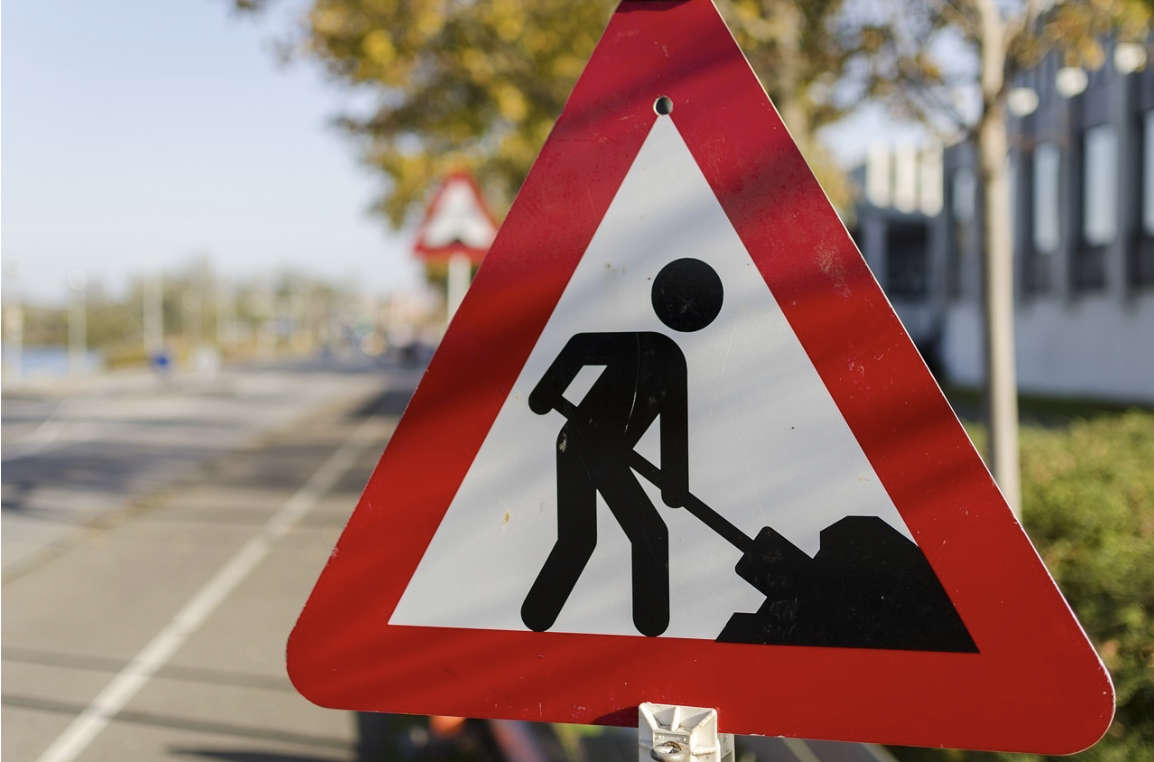 Overnight Closures For A22 Forest Row Road Improvements
Overnight Closures For A22 Forest Row Road Improvements
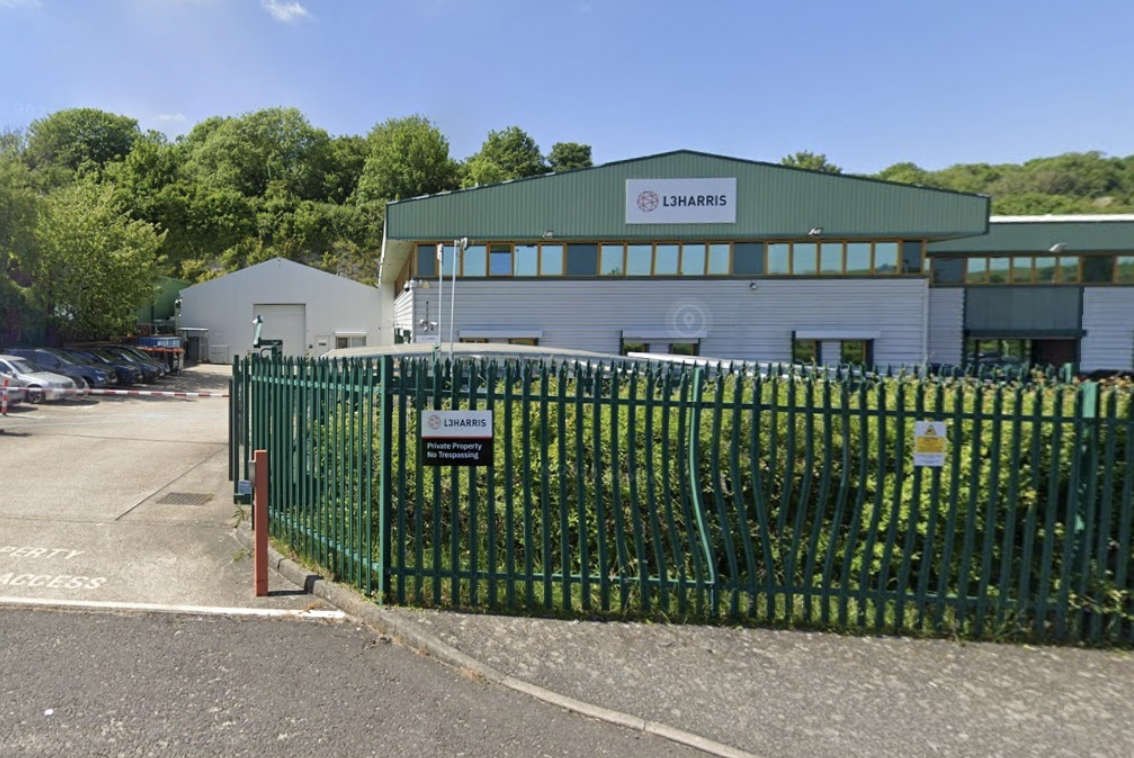 Brighton Defence Manufacturer's Controversial Planning Application Likely To Be Heard
Brighton Defence Manufacturer's Controversial Planning Application Likely To Be Heard
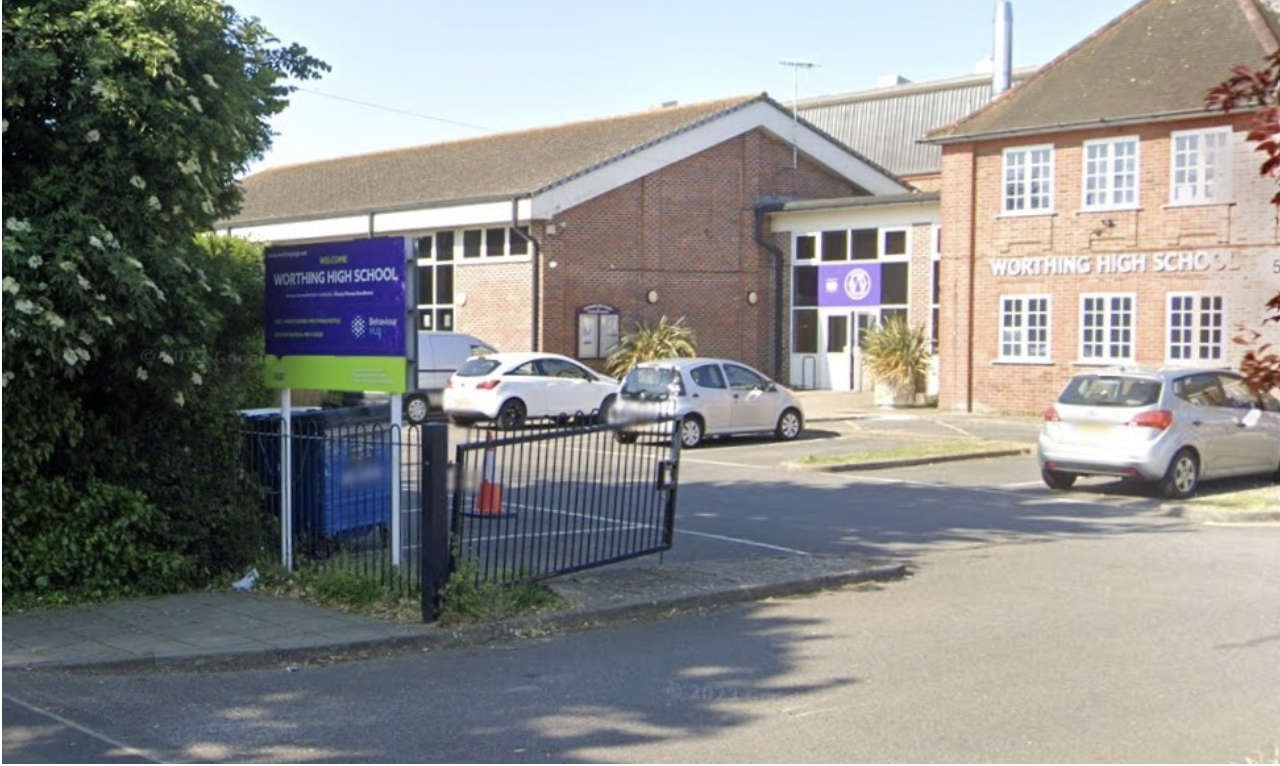 Over £2.4m Approved For Worthing School Support Centre
Over £2.4m Approved For Worthing School Support Centre
 Section Of M25 To Close Again Tonight - As Drivers Warned Not To Get Complacent
Section Of M25 To Close Again Tonight - As Drivers Warned Not To Get Complacent
 Plans For 800 New Horsham Homes Refused
Plans For 800 New Horsham Homes Refused
 Over 200 Co-Living Flats Approved For Brighton
Over 200 Co-Living Flats Approved For Brighton
 Teenager In Custody On Crawley Attempted Murder Charge
Teenager In Custody On Crawley Attempted Murder Charge
 Appeal Following Assault In Hastings
Appeal Following Assault In Hastings
 Road Closed As Armed Police Attend Incident In Worthing
Road Closed As Armed Police Attend Incident In Worthing
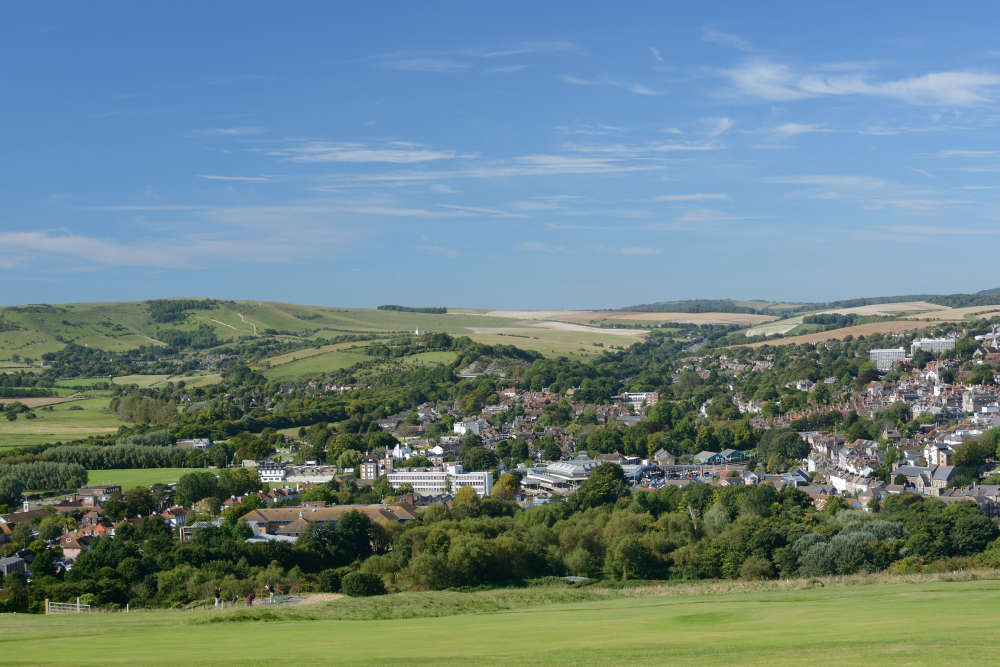 Lewes District Council Placed In Planning Special Measures
Lewes District Council Placed In Planning Special Measures